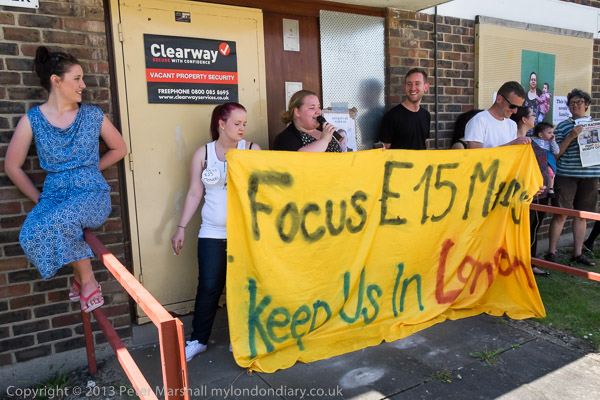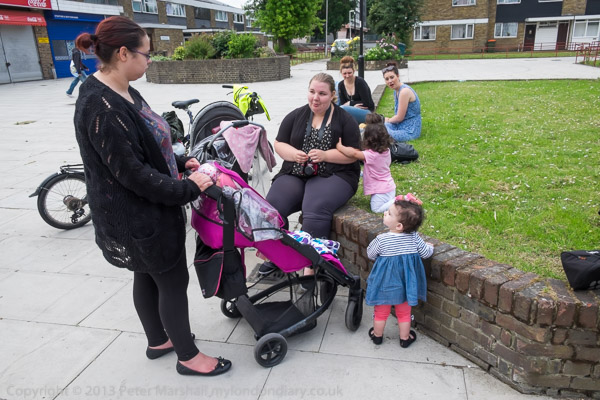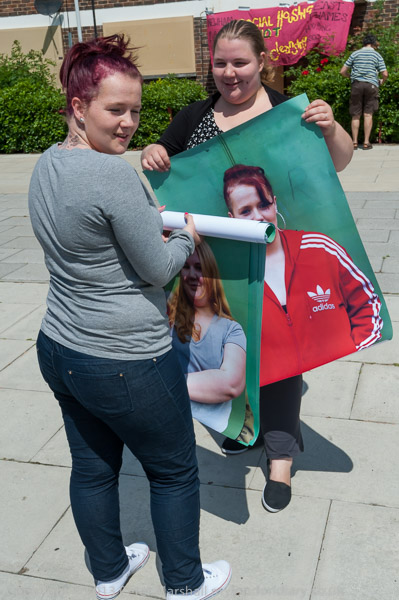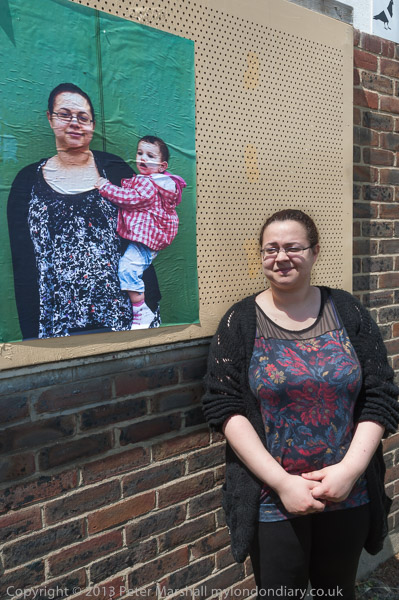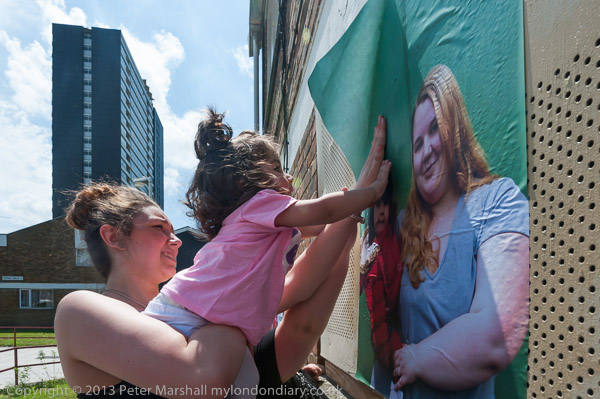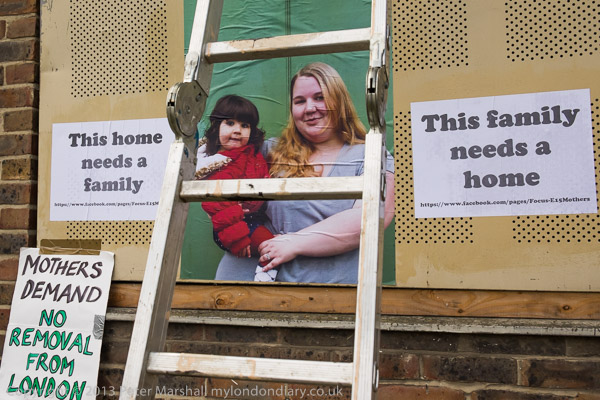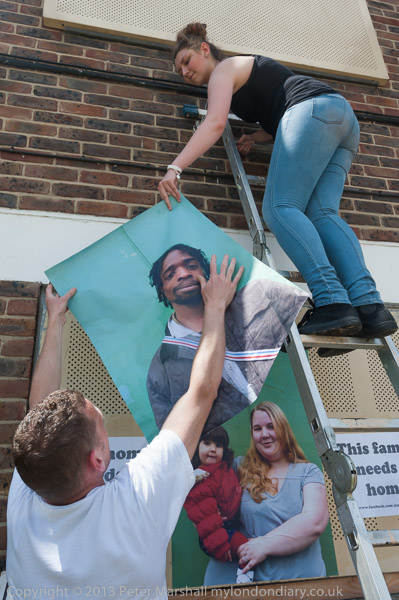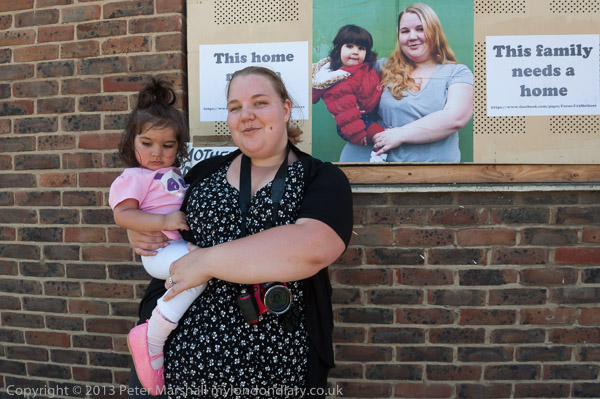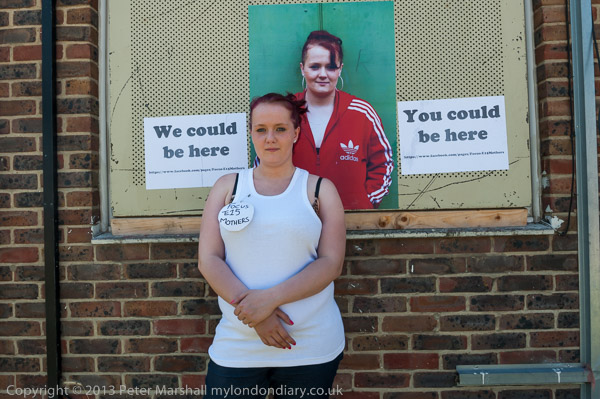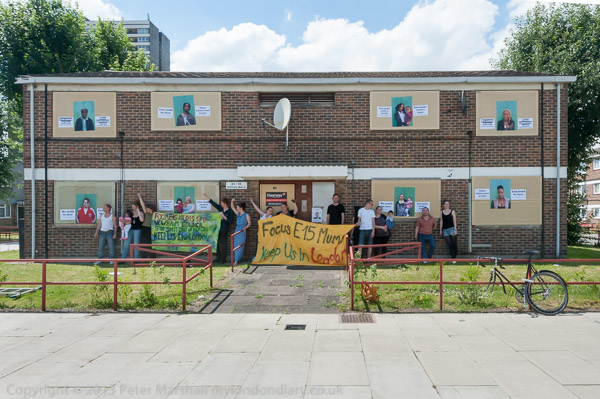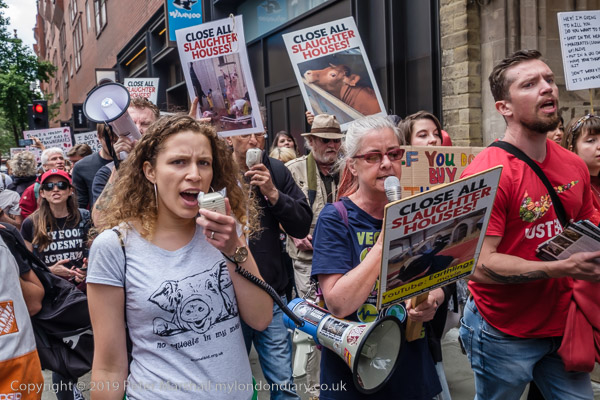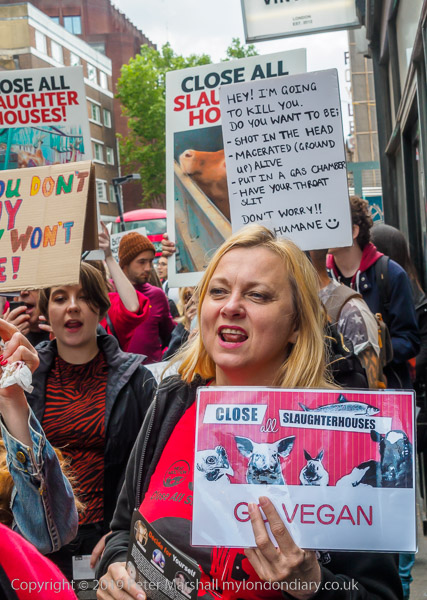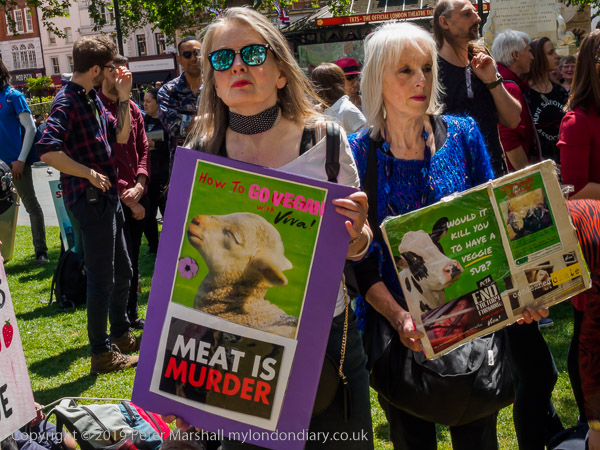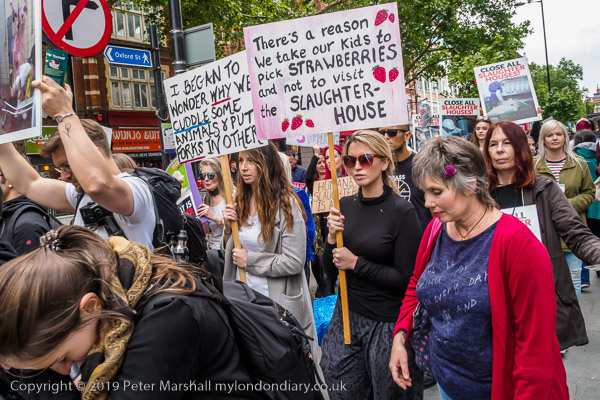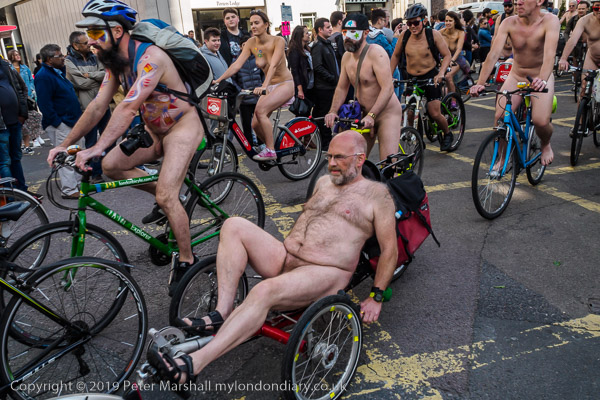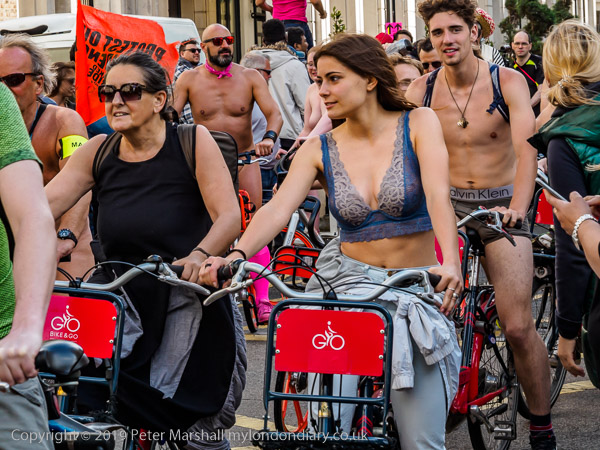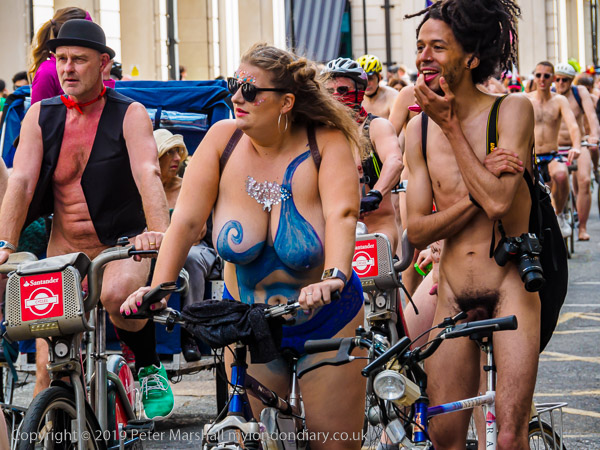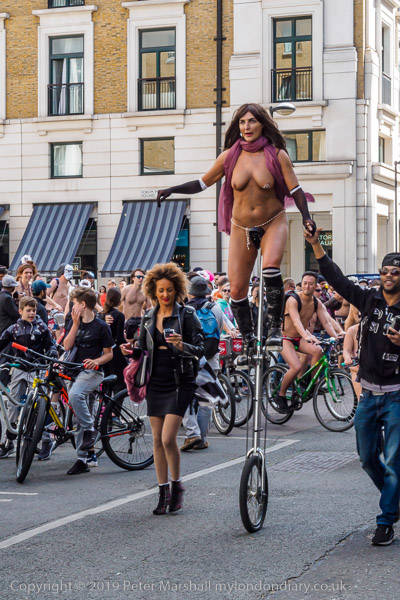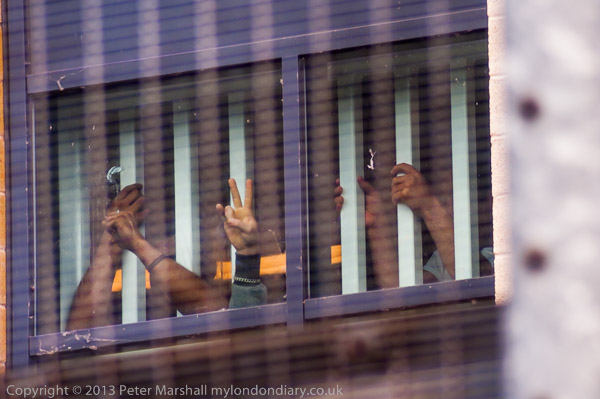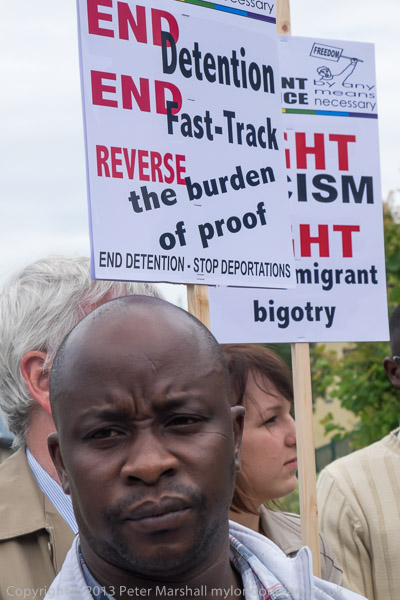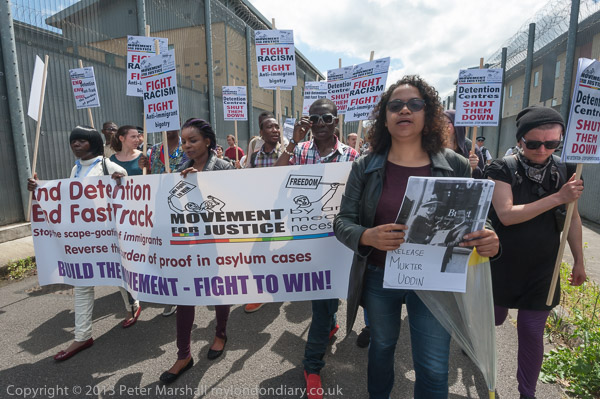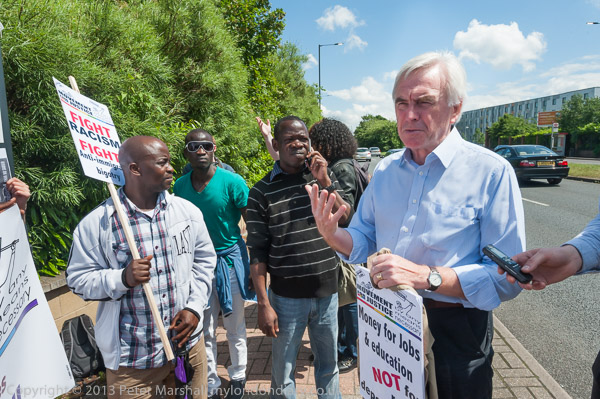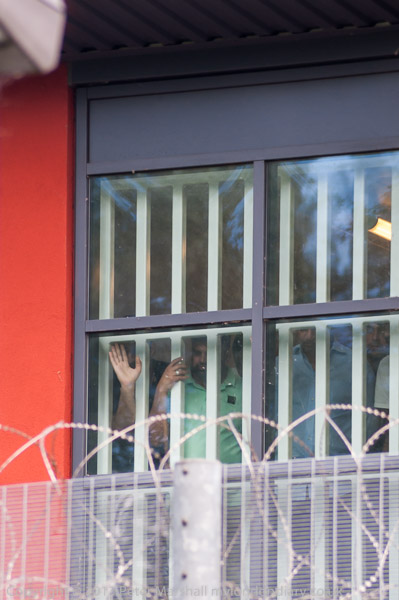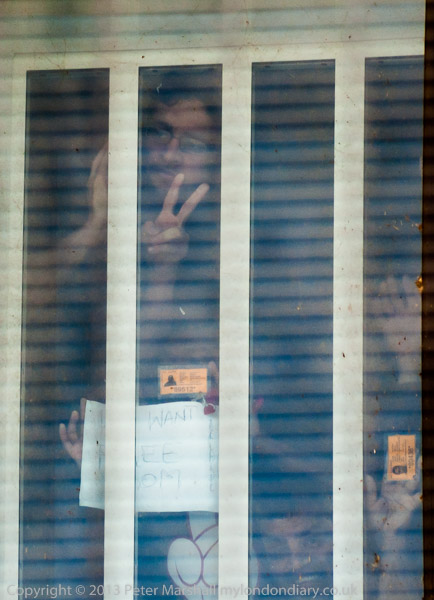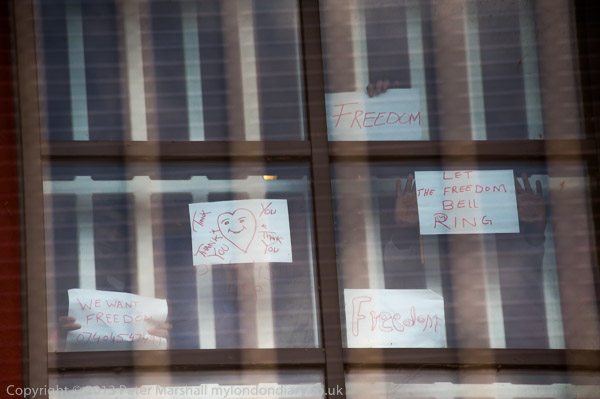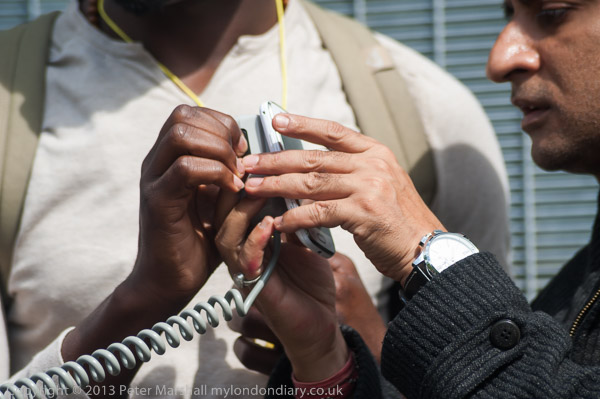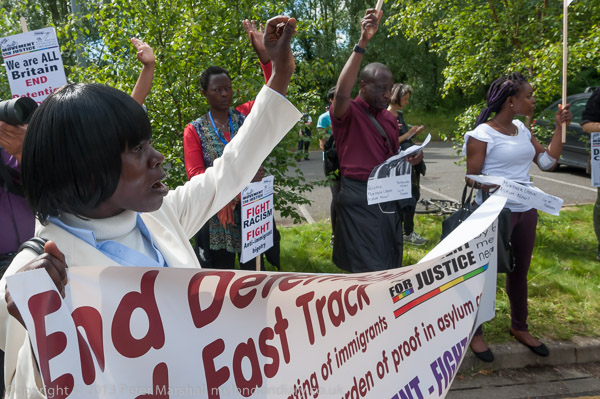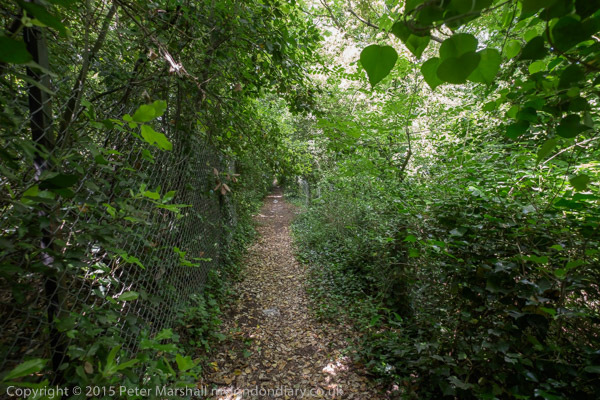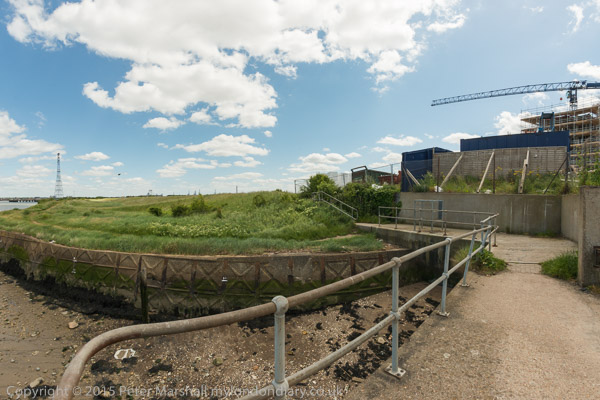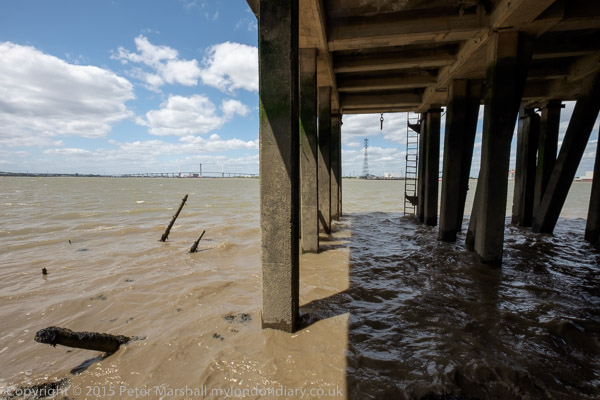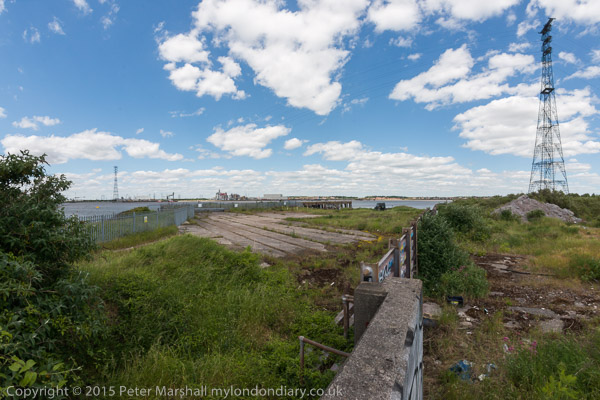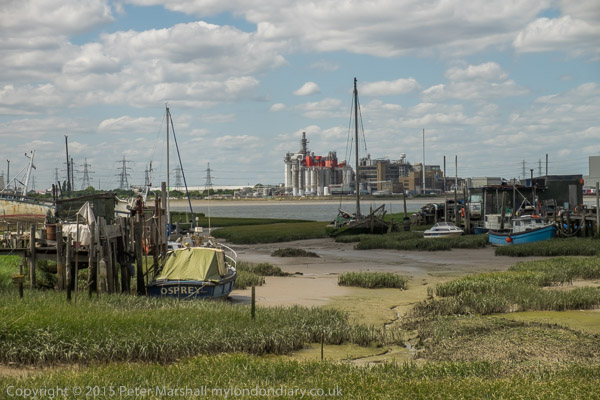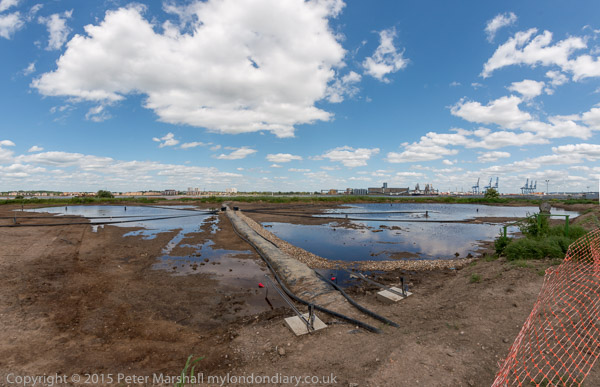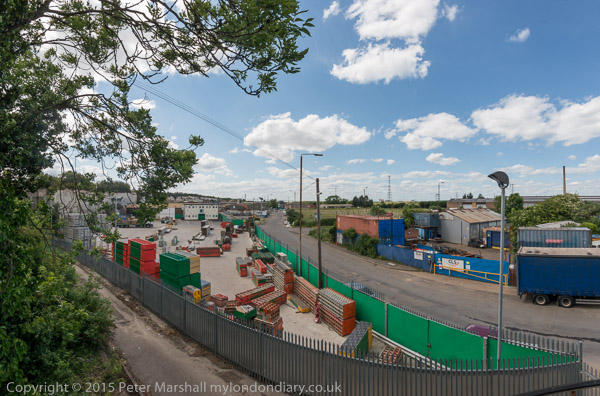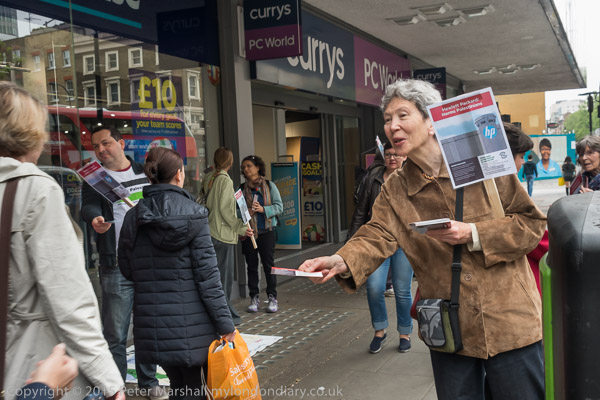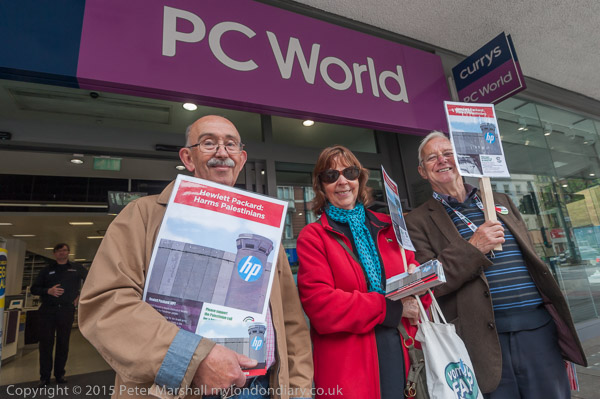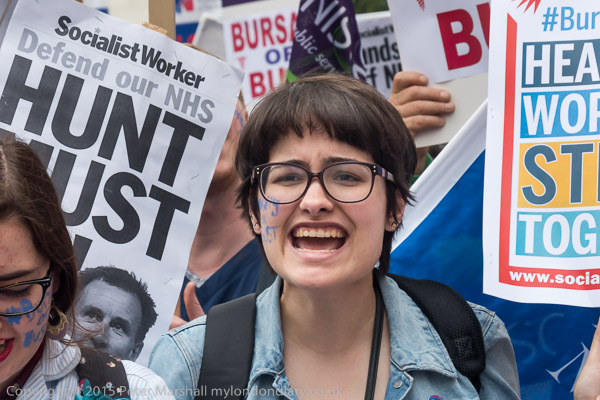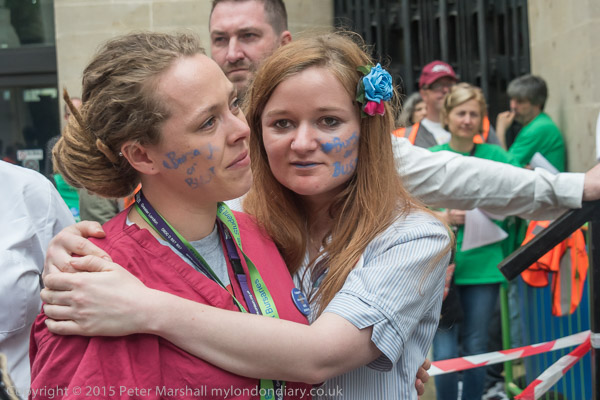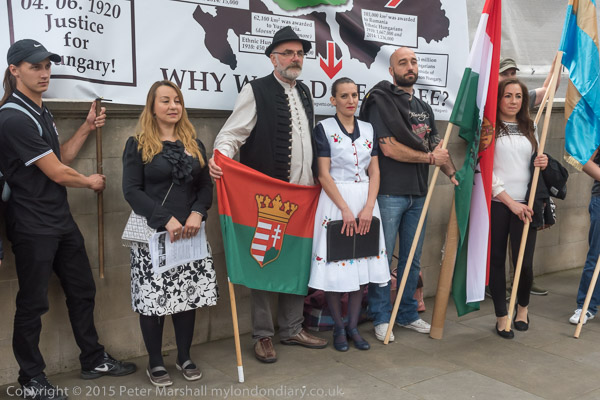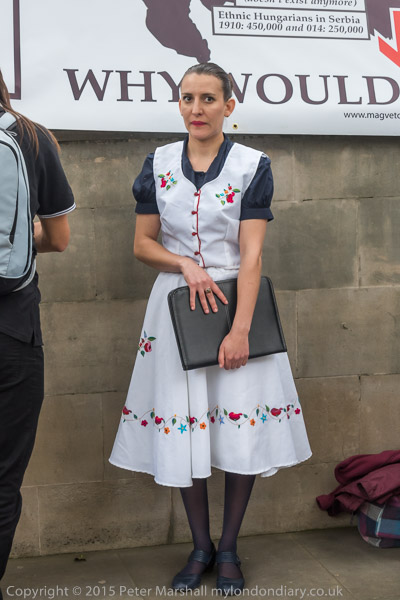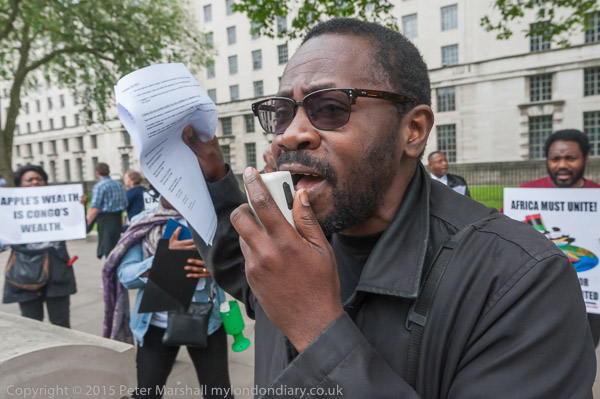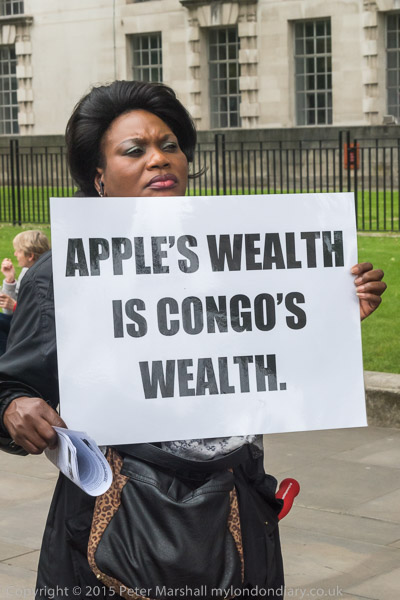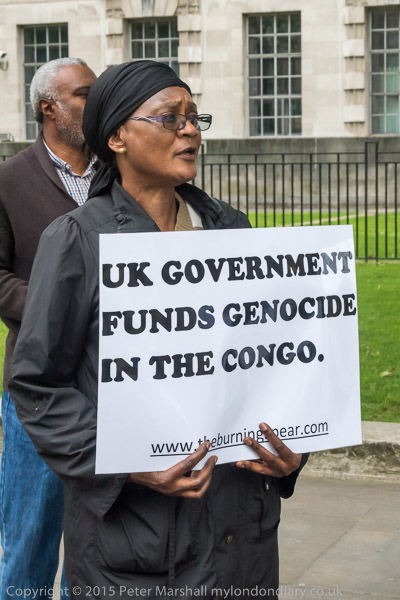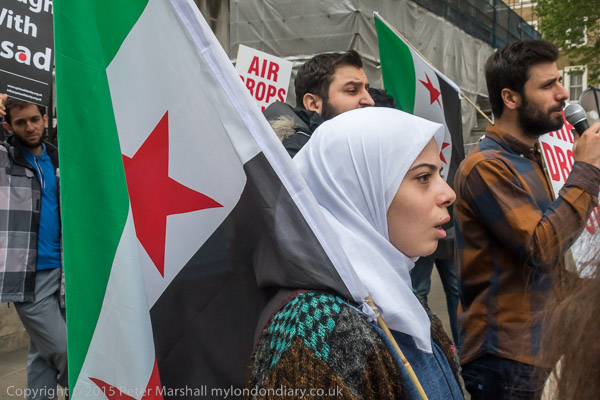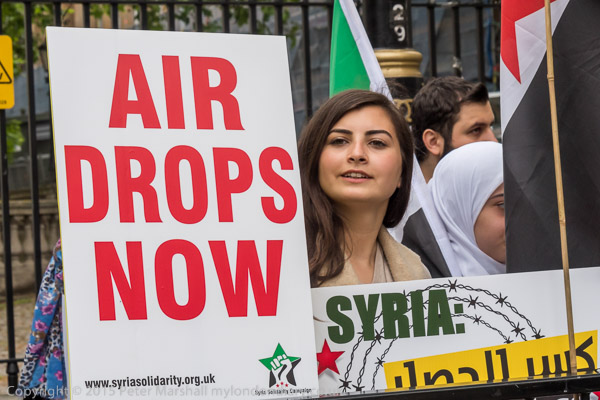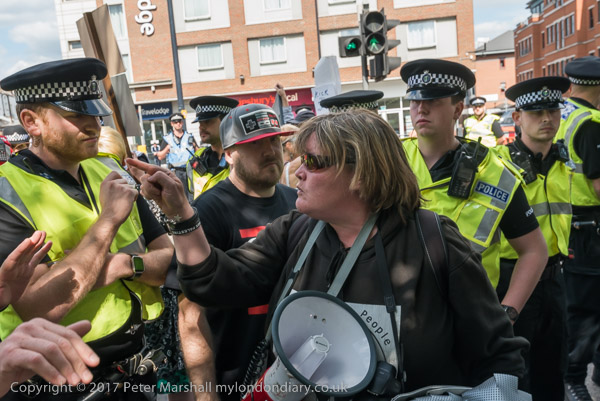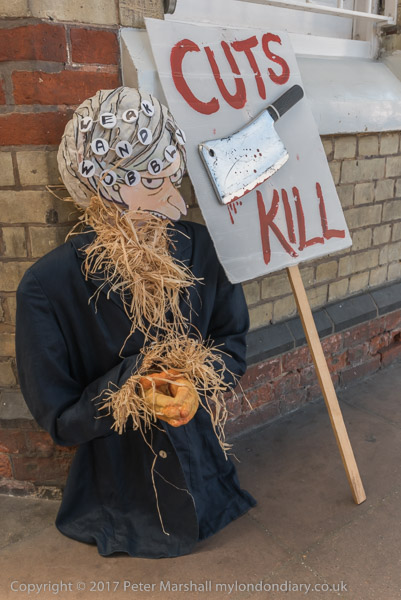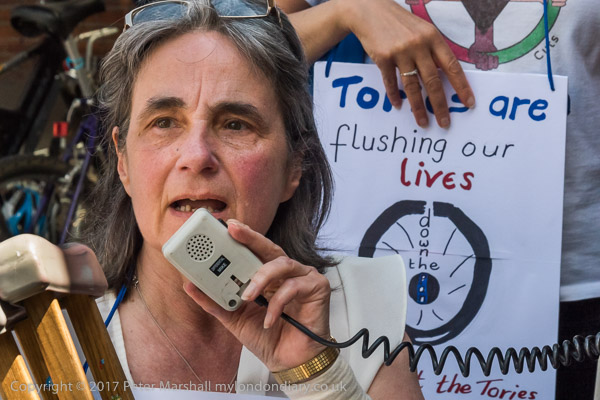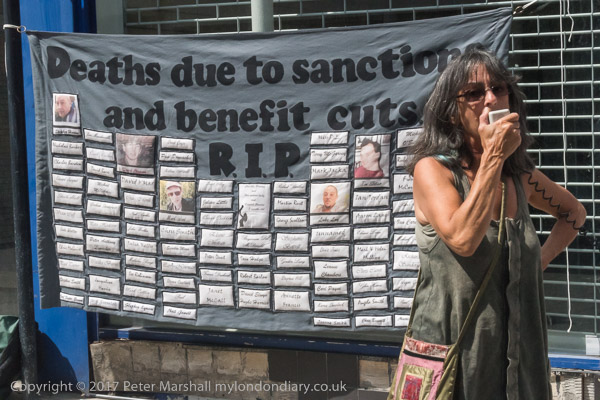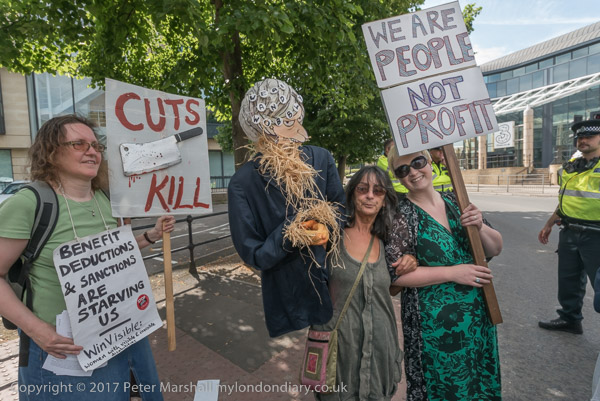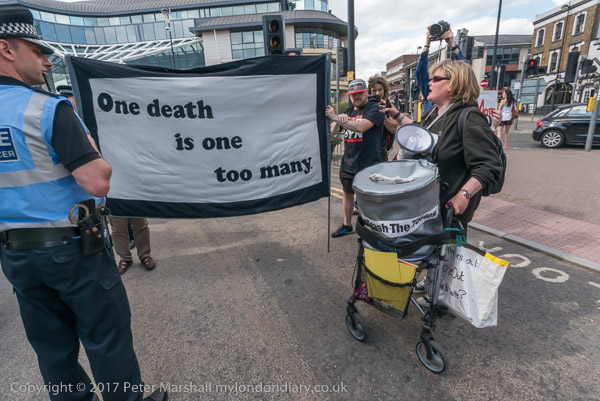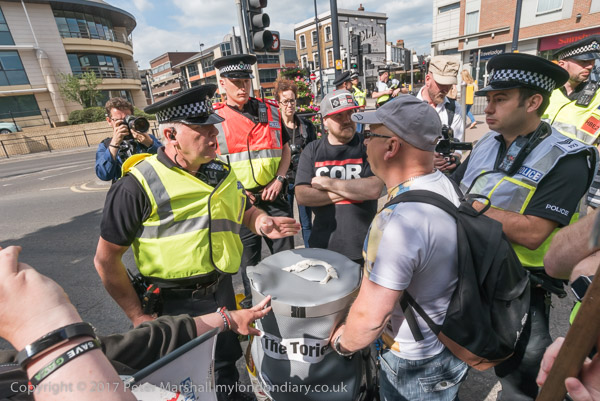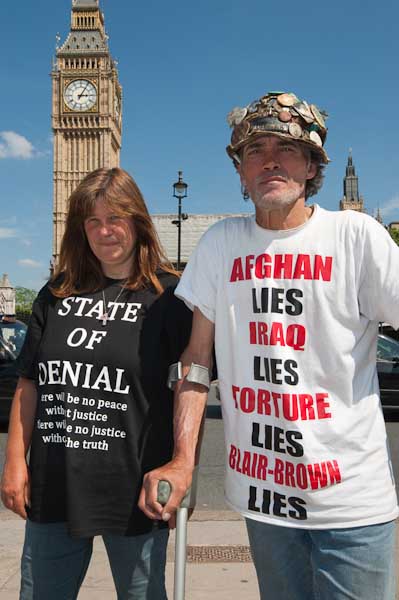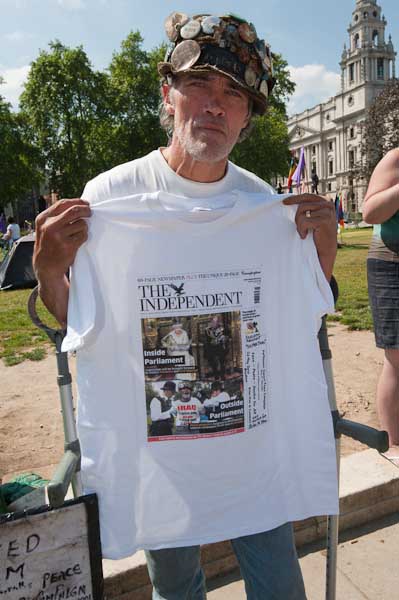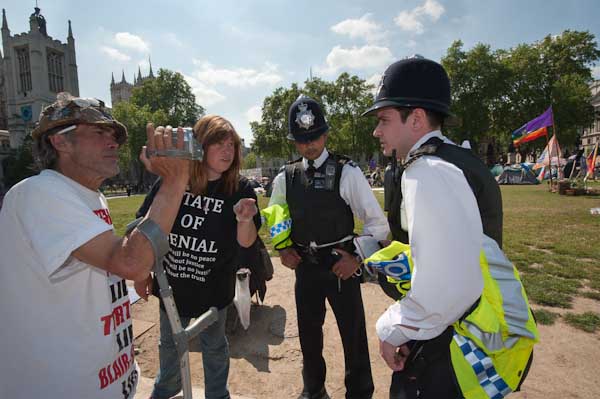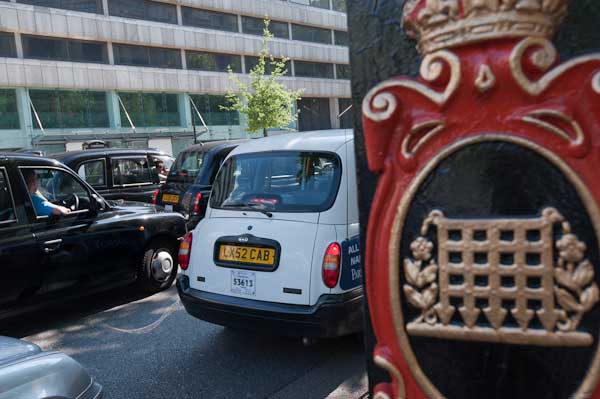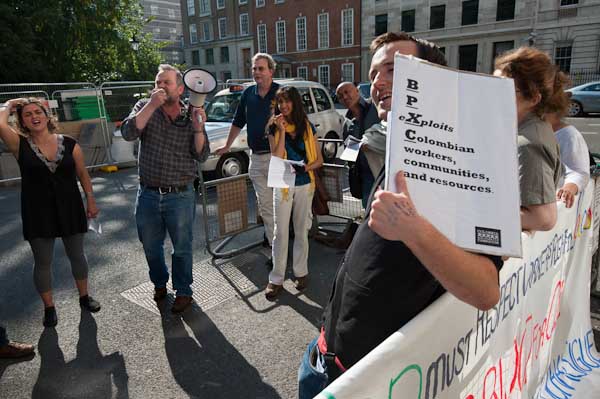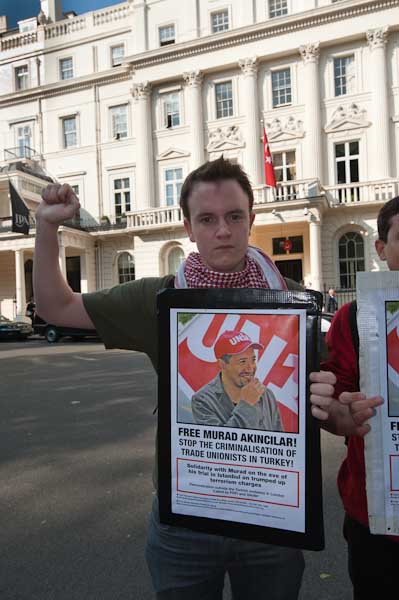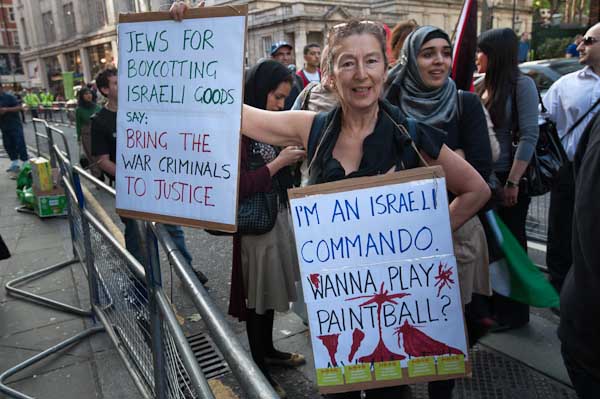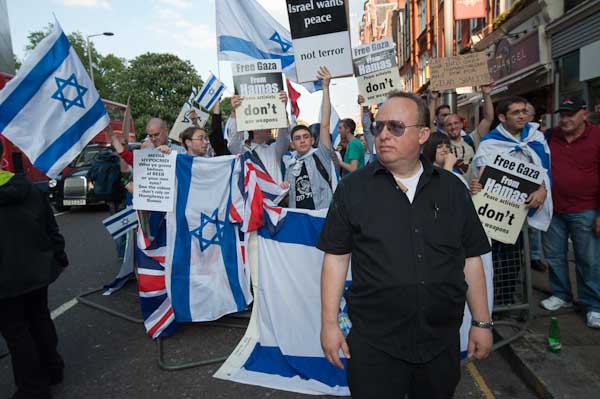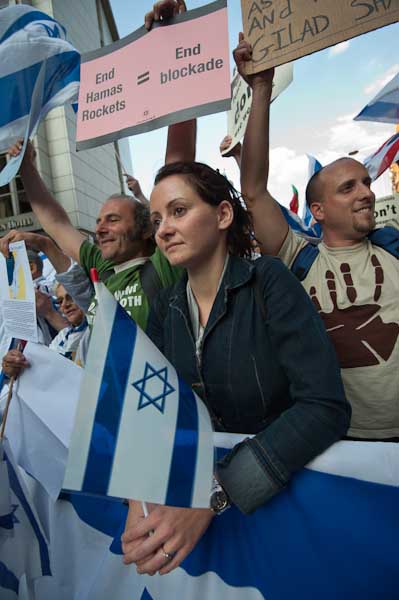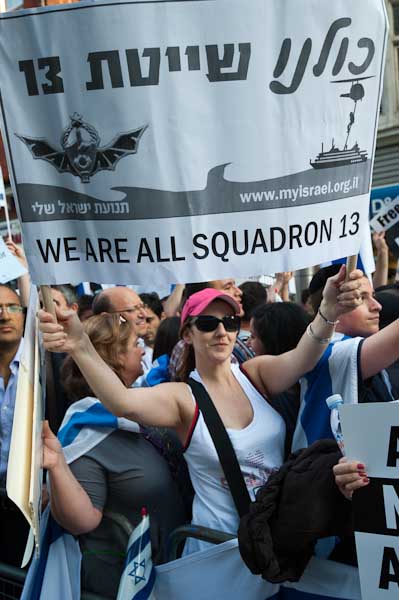City Cleaners Strike, Cyclists mourned – A rally on Wood Street on Friday 10th June 2016 marked the third day of what became the longest strike ever in the City of London, and later at City Hall a vigil remembered 11 road users killed on London streets since the mayoral election last month, including three cyclists.
Day 3 UVW Wood St Cleaners Strike – 100 Wood St, City of London
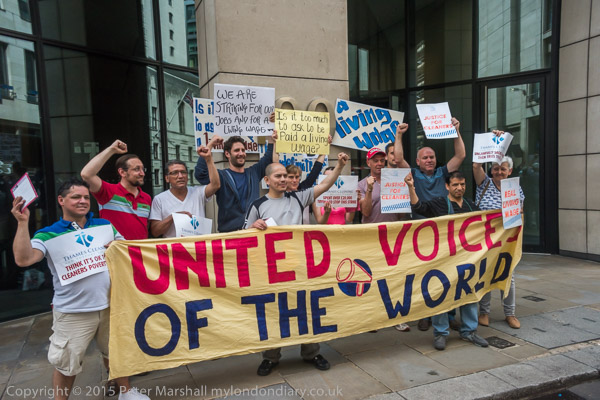
Cleaners belonging to the United Voices of the World union employed by anti-union cleaning contractor Thames Cleaning to clean the 100 Wood St offices managed by CBRE held a rally at the end of their picket on the third day of their strike.
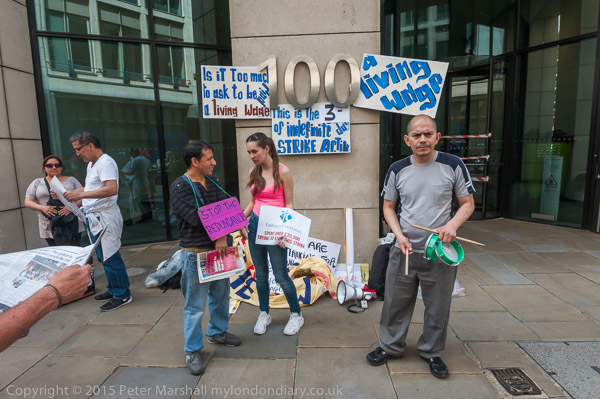
The offices there are mainly used by Schroders and J P Morgan, both large and highly profitable companies, but the cleaners are on poverty wages and several union members had been sacked and others served with notice by Thames Cleaning for organising the workers to demand a living wage.

Rather than talk with the UVW, Thames’s response to the strike threat had been to spend over £20,000 in the High Court trying to get an injunction to prohibit the strikes and protests. Although the court would not stop them, they issued an injunction which set down strict conditions for the picket and protest and this left the UVW with crippling legal costs.
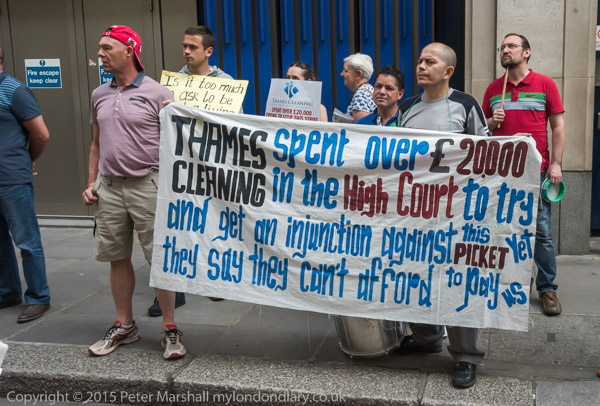
The UVW is a small grass roots union supported only by dues from its members and unlike the large established trade unions has little or no money to run its activities which include educational workshops as well as supporting its members in the workplace and at employment tribunals. Those who perform duties for it are paid the London Living Wage for the time spent and there are no highly paid union officials. The union had to issue an emergency appeal for cash – and received support from people and union branches across the trade union movement.
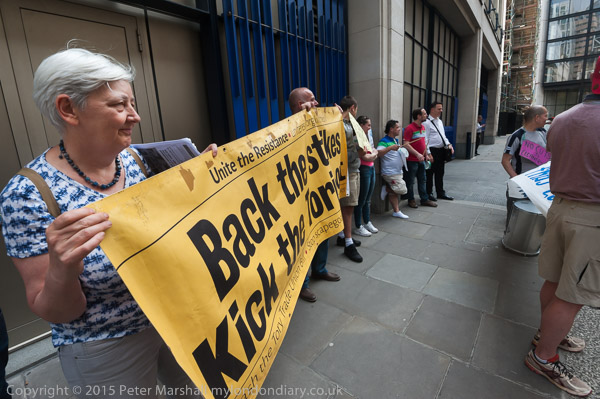
One aspect of the injunction was that any protest connected with the strike had to keep at least 10 metres from the doorway of the offices. Of course picketing is covered by strict trade union laws and a lengthy code of practice that requires it to be as reasonably close as possible to the entrance and exit, and limits it to six or less clearly identified pickets with a supervisor (and possibly also a union organiser) behaving in a peaceful manner.
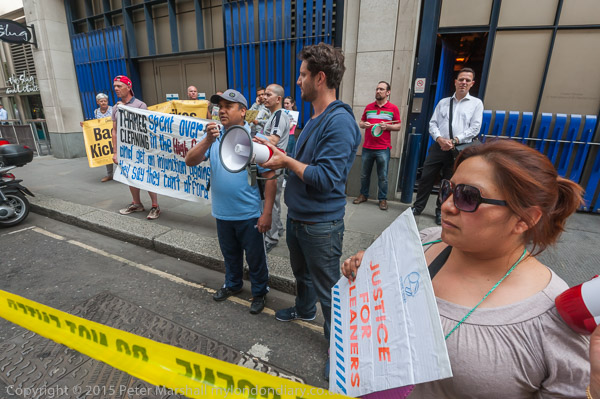
The protest took place over a carefully measured 10 metres away on the opposite side of the street after a picket which had begun in the early morning when the cleaners would normally have arrived for work. The strike continued for 58 days before the UVW was able to announce that a satisfactory agreement had been reached with the employer and all further action was ended.
There are four posts about the Wood Street Strike on My London Diary for June (and more in later months) :
UVW Cleaners on Strike in City
Day 3 UVW Wood St Cleaners Strike
UVW Wood St Strike Day 10
UVW Wood St Strike continues
London Traffic Deaths Vigil – City Hall
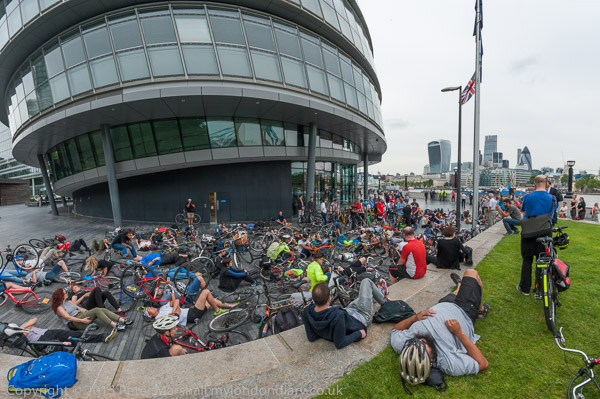
Although London had an impressive purpose-built County Hall on the south bank just downstream of Westminster Bridge, this was sold off when Margaret Thatcher vindictively disbanded the Greater London Council, leaving London rudderless for 14 critical years. After the Greater London Authority was created in 2000, it was without a proper home for two years before leasing and moving into a purpose-built oddly spherical building by Norman Foster in the misleadingly named ‘More London’ currently owned by the Kuwait sovereign wealth fund who disguise themselves as St Martins Property Investments Limited.
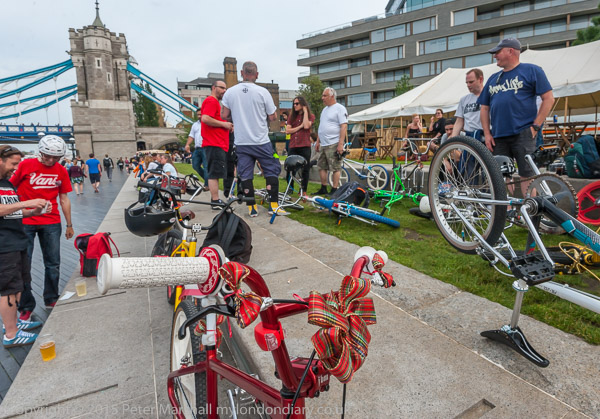
Many saw the move to the new building as a failure of purpose by the Labour government in noy re-acquiring County Hall for the new London-wide authority – but then Labour under Blair continued most of Thatcher’s policies rather than move away from her individualist greed-based approach towards one getting back to the social welfare which had been at the heart of post-war Labour.
London’s City Hall moved in 2022 to Kamal Chunchie Way, Newham, E16 into the former ‘The Crystal’ exhibition centre beside the northern end of London’s ‘Dangleway’ cable car, though this is expected to close fairly soon as no replacement sponsor has come up to keep it running.
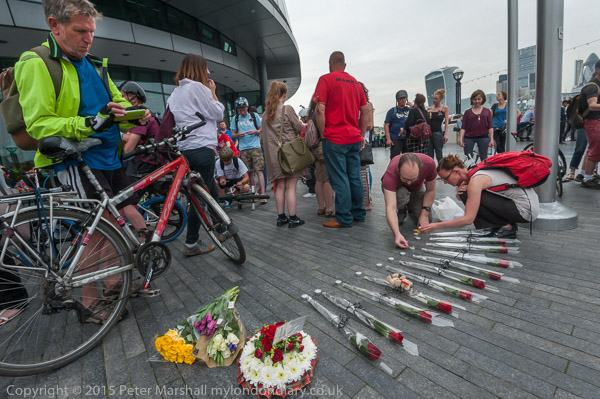
Sadiq Khan had retaken London as a Labour Mayor on May 5th 2016, with a decisive win over Conservative Zac Goldsmith and the Green candidate Siân Berry trailing badly in third place. Since then, 11 people had died on the streets of London, roughly around the average for that period in Greater London (in 2019, the total for the year was 125.)
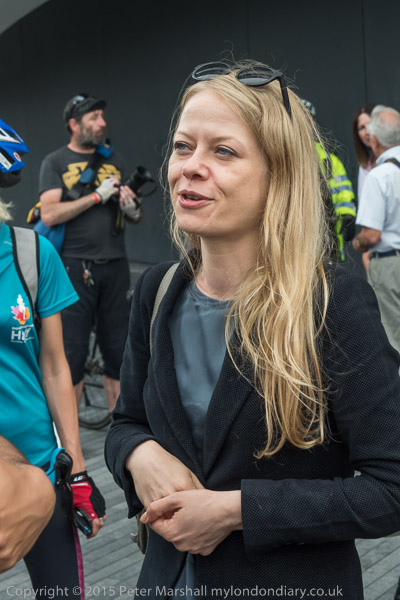
Protests are – at least theoretically – not usually allowed in ‘More London’, but this one was hosted by Green Party London wide Assembly Member Caroline Russell, a member of the GLA Transport Committee and organised by London Women on Bikes (LWOB), #LondonBusWatch, Westminster Living Streets and BMX Life. Of the 11 who died, 3 were cyclists and the others were on foot.
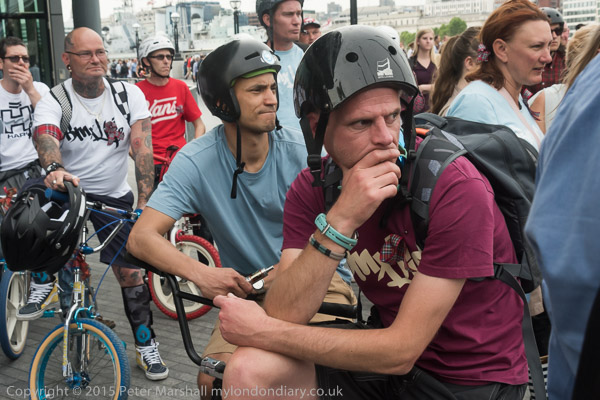
Most road deaths are not ‘accidents’ but “happen because road users make mistakes, often made harder to avoid because of poor vehicle or road design. Many of them result from a lack of proper facilities for pedestrians and cyclists in a road system which prioritises getting motorised vehicles from A to B as fast as possible rather than safety. Some are caused by the failure of police to enforce road traffic law – for example on advanced stop lines at traffic lights.”
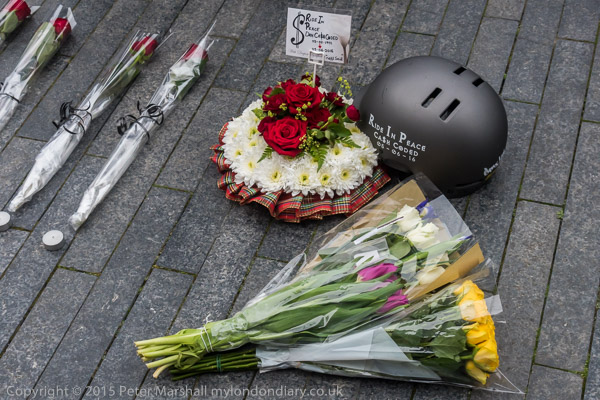
One of the cyclists killed was BMX rider Dan ‘Cash’ Stephenson, hit by a bus on the Strand during a BMX Life charity ride and many other BMX riders had come to the vigil, wearing tartan ribbons in his memory as he always rode in tartan. There were a number of speeches and then the names of those killed were read, followed by an eleven minutes of silence when those at the vigil were invited to stand in silence or to lie down, with or without bikes, in a silent ‘die-in’.
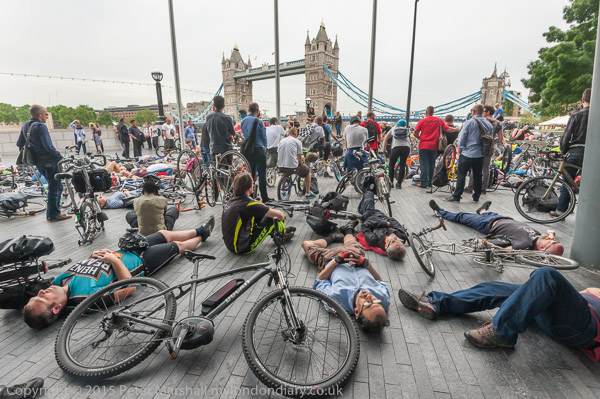
As the vigil came to an end and people were beginning to leave we were all called back for a highly emotional moment when Dan ‘Cash’ Stephenson’s daughter spoke through tears about her father.
